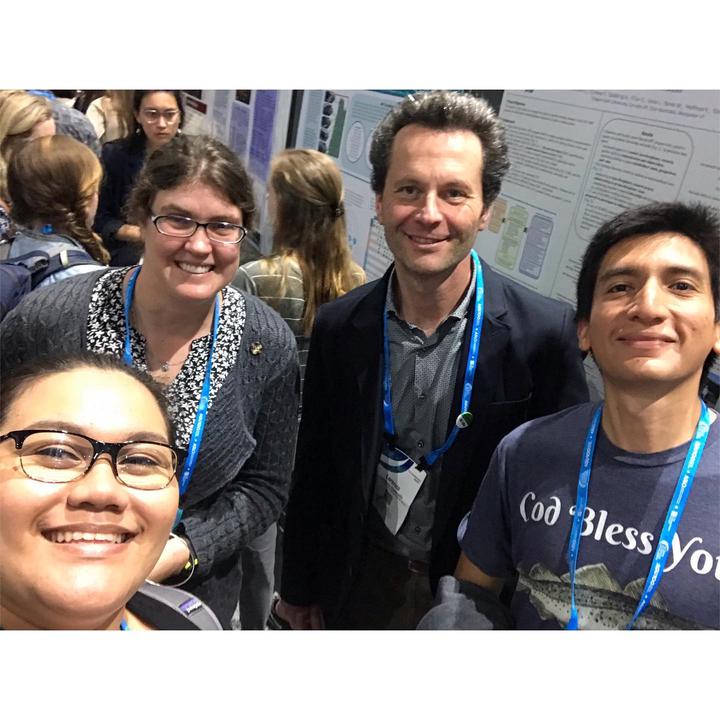Accounting for spatiotemporal variability in somatic growth in age composition data estimation for stock assessment models

Abstract
Fish populations commonly exhibit spatial and temporal variability in somatic growth. For instance, differences in oceanographic conditions between areas or years can drive variation in rates of somatic growth, which increases variance in size-at-age at the population scale. This increased size-at-age variance can lead to larger errors in age composition, or the proportion of individuals at each age estimated from fisheries-dependent and -independent data sources, a crucial input for stock assessment models. To evaluate approaches for reducing these sources of error, we assess the performance of four methods for estimating age composition of a simulated fish population with spatiotemporal variability in somatic growth two methods based on the common approach of age-length keys (ALK) and two based on more novel applications of statistical models (generalized additive models-GAMs and continuation ratio logits-CRLs). Our simulations demonstrate that CRLs are more robust to estimate age compositions than ALKs. We also apply these methods to estimate age compositions of the Pacific cod (Gadus macrocephalus) in the Eastern Bering Sea, a species recently shown to exhibit spatiotemporal variation in size-at-age, as a case study and compare their impact on stock assessment outputs. Consistent with our simulations, Pacific cod stock assessment models using age compositions estimated from CRLs show better fits than those using ALKs, resulting in smaller standard errors when estimating spawning biomass. We conclude that statistical models have utility for estimating age compositions employed in stock assessment models and should be the preferred approach for fish populations with spatiotemporal variation in somatic growth.